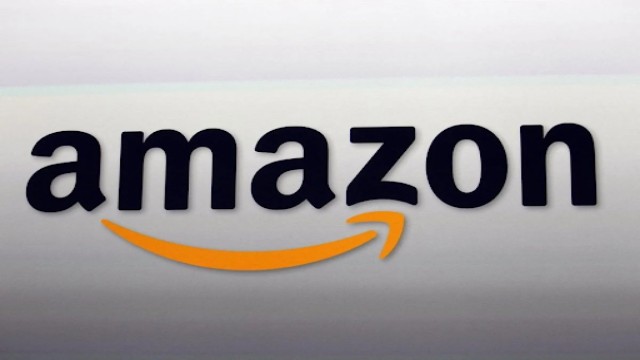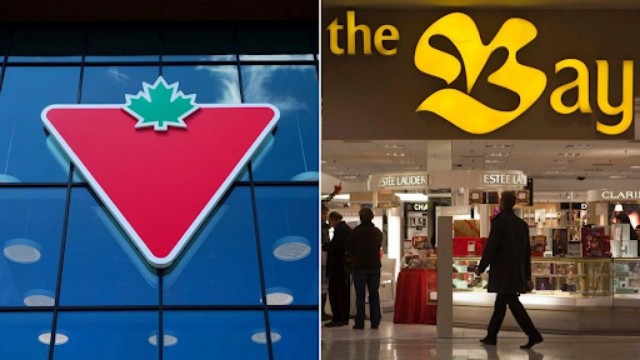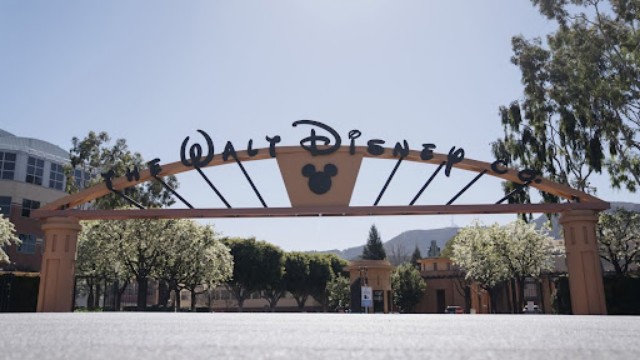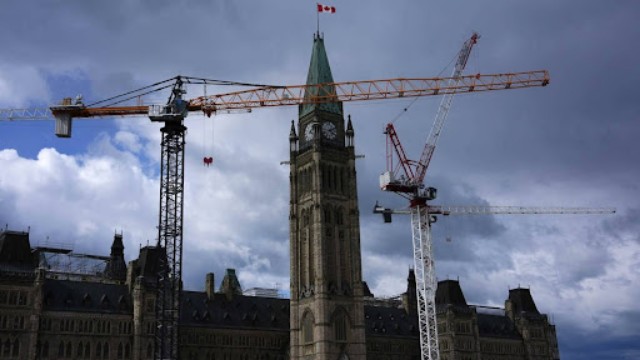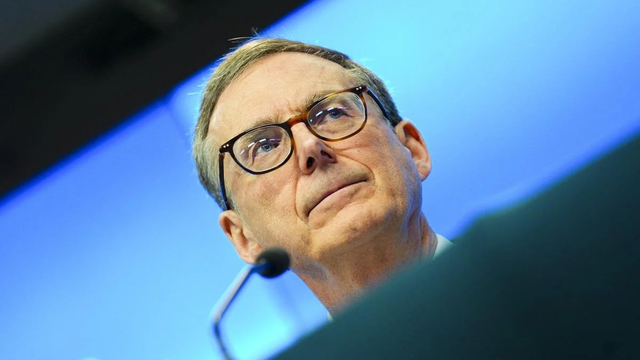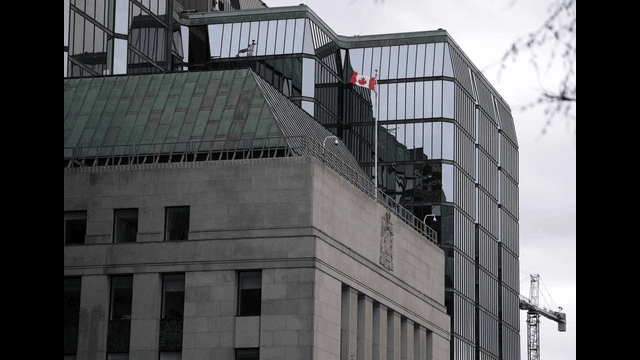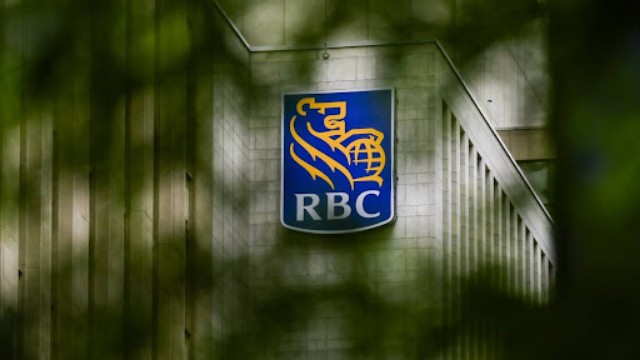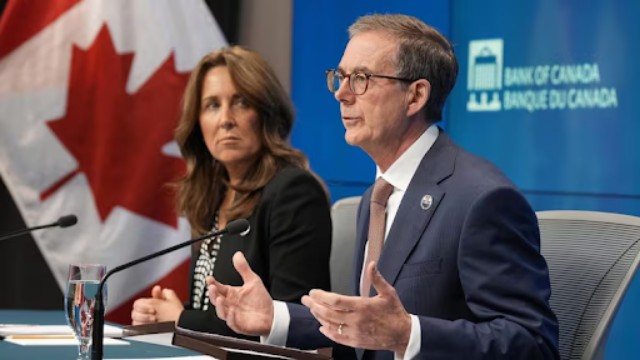
Bank of Canada Governor Tiff Macklem and Senior Deputy Governor Carolyn Rogers spoke to the media in Ottawa on Wednesday. They announced the central bank’s decision to keep the main interest rate steady at 2.75%. The bank said it will wait for more clarity on U.S. trade developments before making any further changes. (Photo: Adrian Wyld / The Canadian Press)
Canada’s economic path is growing murkier by the day, and much of that confusion leads directly to Washington. Since Donald Trump returned to the U.S. presidency, the Bank of Canada has twice held off from changing its key interest rate. Why? Because it’s waiting for clearer signals on American trade policy — but clarity seems to be the last thing on offer.
Trump’s approach to international trade remains unpredictable. One day, there’s hope for a reset, the next, fresh tariffs land like a punch. In April, Bank of Canada Governor Tiff Macklem voiced concerns about the unknowns around U.S. tariffs — uncertainty that’s still very much alive. His words could have been spoken today without losing relevance.
Following a high-profile meeting between Canadian Prime Minister Mark Carney and President Trump, there was cautious optimism. The meeting was labelled “constructive,” hinting at progress. But in reality, hopes of a trade truce were short-lived. Shortly after, Canada was hit with a fresh blow — the U.S. doubled its tariffs on Canadian steel and aluminum from 25% to 50%.
For Canada’s steel producers, the message was loud and clear. “At 50 per cent tariff, the U.S. market is essentially closed to us,” said Catherine Cobden, head of the Canadian Steel Producers Association. This harsh move means lost customers, stalled deals, and mounting pressure.
And it’s not just steel. Businesses across Canada — from auto manufacturers to exporters — are feeling the squeeze. Some companies are cancelling expansion plans. Others are scrambling to find new markets beyond the U.S. border. The Bank of Canada’s recent Business Outlook Survey reported that business confidence has dipped sharply, and worry is spreading.
This economic uncertainty isn’t accidental. U.S. Treasury Secretary Scott Bessent, one of Trump’s main economic advisors, even labelled it “strategic uncertainty.” The U.S., he admits, is using unpredictability as a tactic — to keep other countries off balance and push better deals for America. Certainty, in this game, is seen as a weakness.
But this strategy is hurting Canada. Even industries not directly targeted by tariffs are rethinking their future. “Manufacturers who planned to build in Canada to serve the U.S. market are wondering if they’re next,” said CIBC’s chief economist Avery Shenfeld. The worry now isn’t just what has happened, but what could happen next.
A Bloomberg survey recently showed that many economists expect Canada to slide into a recession this summer. CIBC’s own forecast is less severe but still grim: six months of flat growth and steadily rising unemployment. Shenfeld says, “It may not officially be a recession, but for many people, it’ll feel like one.”
Still, recent numbers on trade and output looked strong — but only because businesses rushed to ship goods before new tariffs hit. Macklem said the economy was “softer but not sharply weaker.” But most experts believe that won’t hold. Thomas Ryan from Capital Economics expects things to cool off soon, predicting three interest rate cuts from the Bank of Canada in 2025, with the next move likely in July.
In the end, the bigger issue isn’t just tariffs. It’s the unpredictability of it all. The Bank of Canada can’t wait forever for stable ground. Sooner or later, the toll of this uncertainty — slower growth, job losses, and shaken investor confidence — will force action.




